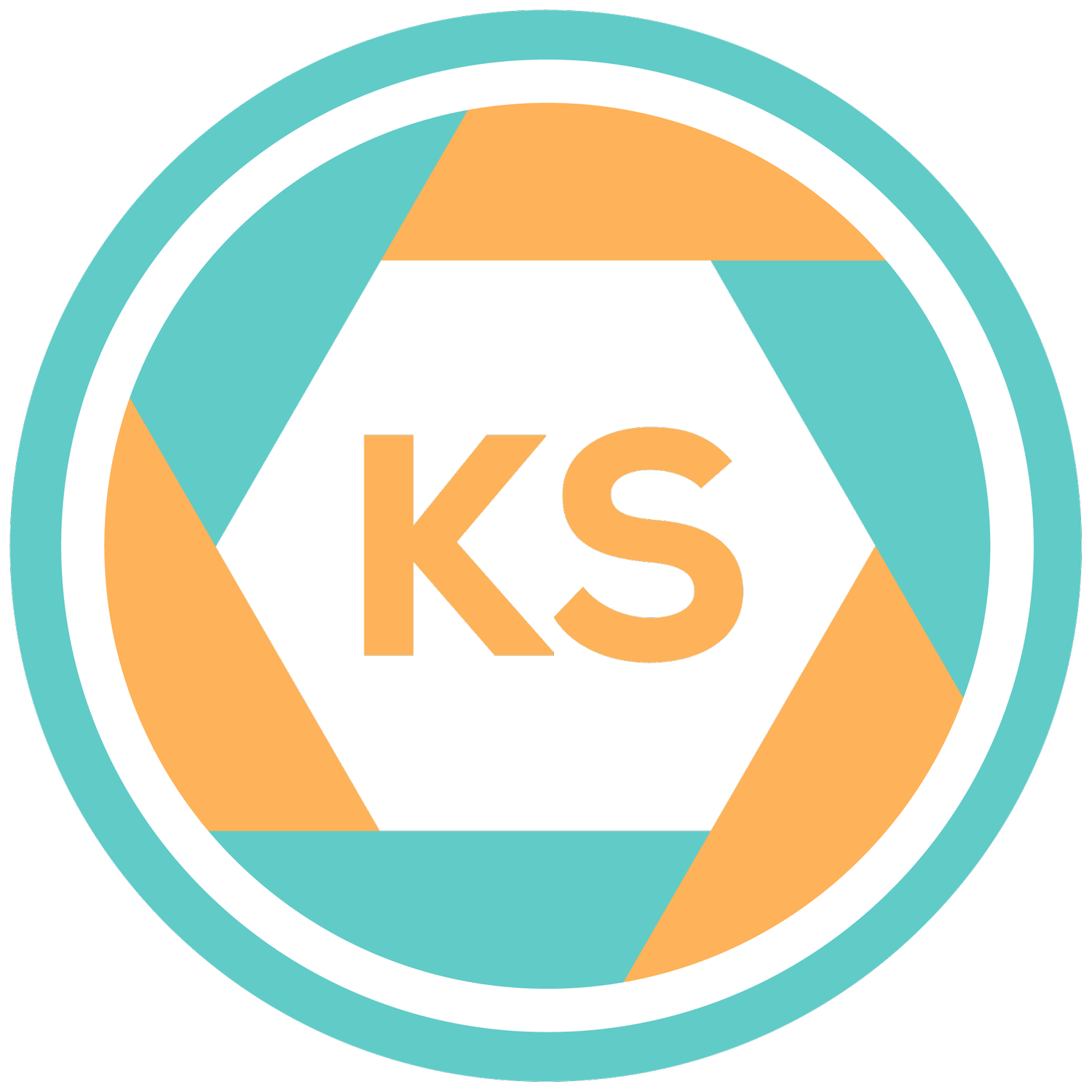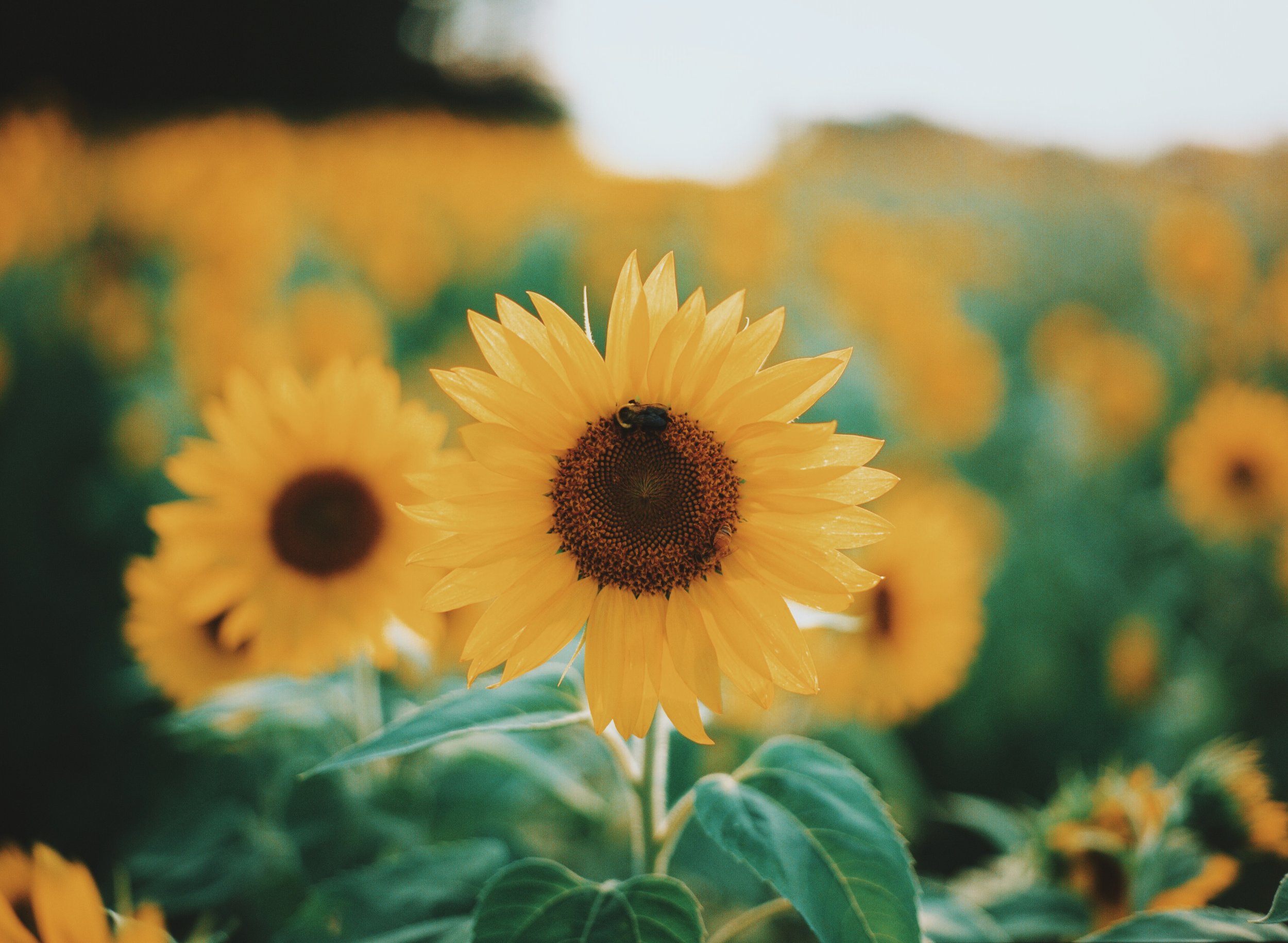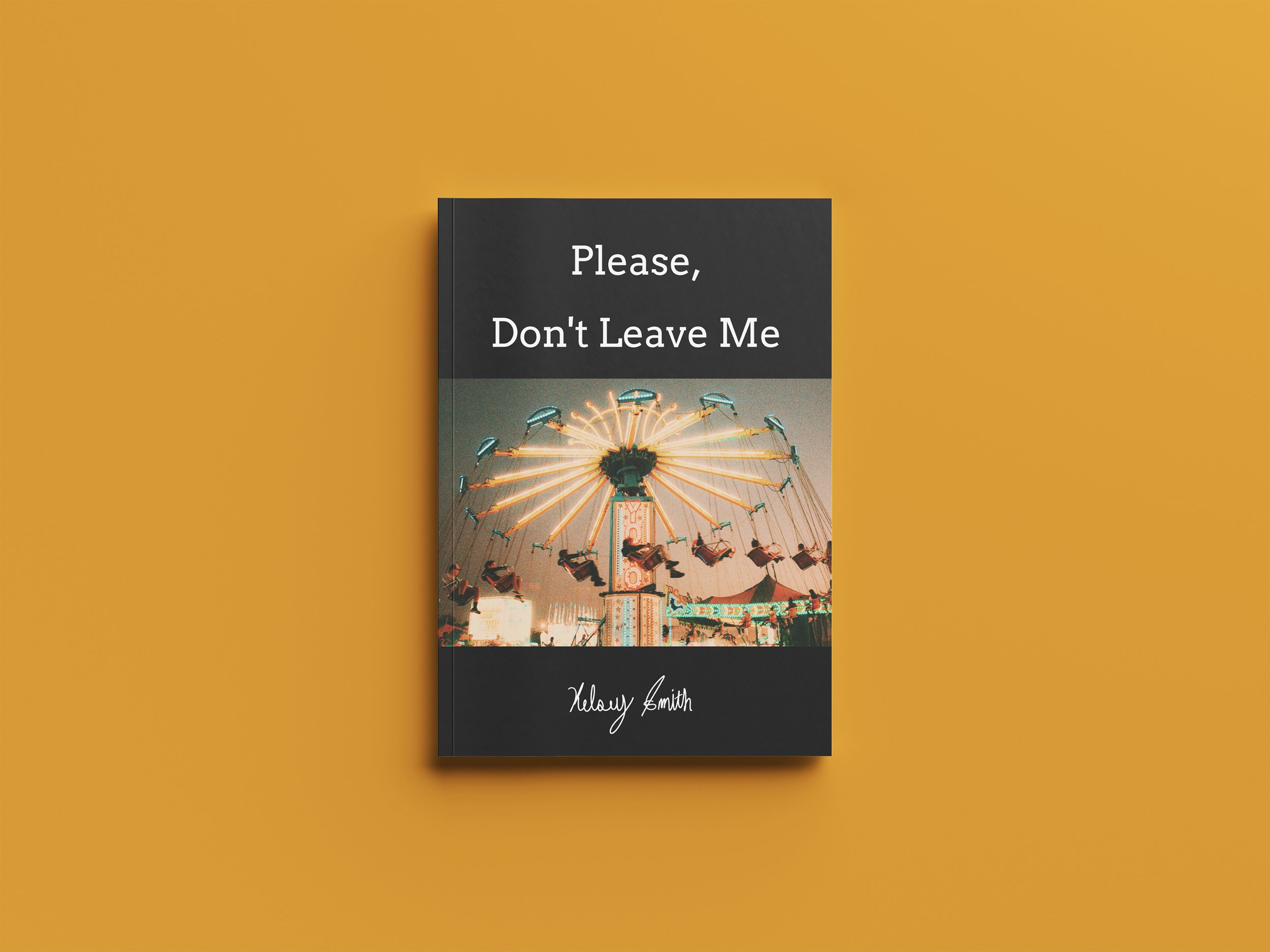Mastering Medium Format: A Comprehensive Guide to Getting the Most Out of Your Negatives
Introduction to Medium Format Film Photography
Following my recent interview with Lomography, I felt compelled to share my passion for medium format film photography. This art form goes beyond mere technique; it has captured my heart and soul with its unique blend of image quality, depth, and aesthetic appeal. Medium format film occupies a special place in the photographic world, offering images that are not only visually stunning but also rich in detail and texture. It's this ability to provide an immersive and profound sensory experience that sets medium format apart from the more common 35mm film and digital photography.
As someone who has embarked on a journey with medium format film, I’ve come to appreciate the nuances and subtleties this format brings to the table. It’s a journey that’s been both challenging and rewarding, pushing the edges of my creativity and allowing me to see the world through a different lens, both literally and metaphorically.
Medium format film photography goes beyond the simple act of capturing images; it’s an art form that lets us hold onto emotions, stories, and moments in a way that feels deeply expressive and personal. The appeal of medium format lies in its versatility and the distinct character of different film sizes. Whether it’s the intimate squares of a 6x6 format or the expansive feel of a 6x7 frame, each image becomes a fresh canvas to explore and interpret the world around us. With every exposure, medium format film invites us to look closer at the essence of our subjects, offering a richer, more nuanced perspective that’s both compelling and evocative.
In this guide, I'm excited to share my insights and personal experiences to help you get started on your own adventure in the captivating world of medium format film photography. From choosing the right camera and film to mastering the nuances of composition and exposure, I'll walk you through the essentials of this enchanting medium, providing tips and inspiration along the way. So, whether you're a seasoned photographer looking to expand your horizons or a newcomer eager to explore the magic of medium format, join me as we embark on this journey together, and discover the endless possibilities that await in the world of medium format film photography.
What is Medium Format Film?
Medium format film is a term that covers a range of film sizes that sit between the more familiar 35mm film and the much larger sheets used in large format photography. The most common sizes you’ll come across in medium format are 6x4.5cm, 6x6cm, and 6x7cm. Each of these offers a larger surface area for capturing images compared to 35mm, which translates directly into several clear advantages for photographers looking to push their work a bit further.
One of the most noticeable benefits of medium format film is its higher resolution. The increased film area allows more detail to be recorded, resulting in images that feel sharper and more refined. This added resolution is especially valuable for photographers interested in making large prints, since fine details remain clean and well defined even at bigger sizes.
Beyond resolution, medium format film also provides greater control over depth of field. Thanks to the larger film size, photographers can achieve a shallower depth of field at comparable aperture settings than with 35mm film. This quality is particularly appreciated in genres like portraiture and macro photography, where separating the subject from the background can dramatically strengthen the overall image.
The aesthetic appeal of medium format film is another factor that draws photographers to this format. The different aspect ratios available, such as the square 6x6 or the rectangular 6x7, provide unique compositional opportunities that can influence the mood and narrative of the photograph. For example, the square format of 6x6 can lend a sense of balance and symmetry to an image, while the wider aspect ratio of 6x7 can create a more cinematic feel.
Medium format film is versatile and well-suited to a variety of photographic genres, including landscape, portrait, and fine art photography. Its ability to capture images with a combination of high resolution, beautiful depth of field, and unique aesthetic qualities makes it a cherished tool for photographers looking to explore new creative possibilities and capture the world around them with depth and detail that goes beyond the capabilities of 35mm film.
My Journey into Medium Format
My love affair with medium format began in the summer of 2017, a year that marked a quiet turning point in my photographic path. I still remember the moment I first cradled a Mamiya 645E in my hands. The sheer size of the negatives was instantly awe-inspiring. It wasn’t only about the physical dimensions; it was the promise of what those larger negatives could hold. The depth, the detail, and the tonal range felt like a whole new frontier waiting to be explored.
Starting with the compact 6x4.5 format, I was immediately struck by the shift in the images I was making. The world seemed to open up differently through a medium format lens. It wasn’t long before I stepped into the more expansive territory of 6x7 and 6x9 formats. Each new format felt like discovering another room in a vast mansion of visual possibilities.
Fast forward to today, and my camera bag is rarely without my trusted Fujifilm GW690III and Yashica Mat 124G. The GW690III, often called the “Texas Leica” because of its size and rangefinder style focus, has become my go-to for landscapes and cityscapes. Its sharpness and wide frame let me capture scenes with a level of detail and clarity that still surprises me every time I develop a roll.
The Yashica Mat 124G, though, brings a different kind of magic. Its twin-lens reflex design and waist-level viewfinder encourage a slower, more contemplative approach. Looking down into the finder, the world feels almost dreamlike, and composing images becomes closer to painting with light than simply recording a scene.
Together, these cameras have become more than tools; they’re extensions of how I see. They’ve allowed me to explore the medium format world with a sense of curiosity and quiet wonder that keeps growing with every roll of film. And as this journey continues, I’m constantly reminded of the depth and beauty medium format photography brings to the act of preserving moments in time.
Tips for Shooting Medium Format Film
Choose the Right Camera
I expand more on this further down in the article, but selecting the perfect medium format camera is a crucial first step in your journey. Your choice should align with your photography style and preferences. If you're someone who enjoys the flexibility to change lenses and backs, a modular system like the Mamiya RB67 might be your ideal match. On the other hand, if you prefer the ease and simplicity of a fixed-lens camera, models like the Yashica Mat 124G could be more your speed. There's a wide array of medium format cameras out there, each with its own quirks and charms, so take the time to explore and find the one that feels like an extension of your creative vision.
Invest in a Good Tripod
Medium format film's larger size is both a blessing and a curse. While it allows for stunningly detailed images, it also means that any camera shake is magnified. To ensure sharp, clear photos, especially in low light conditions or when using slower shutter speeds, a sturdy tripod is indispensable. Look for a tripod that's robust enough to support your camera's weight while being versatile enough to adapt to different shooting environments.
Pay Attention to Focus
One of the hallmarks of medium format photography is its shallower depth of field compared to smaller formats. This can produce beautifully blurred backgrounds, making your subject stand out. However, it also means that precise focusing is paramount. Take your time to manually focus on your subject, ensuring that the critical areas are tack sharp. Whether you're using a split-prism, a rangefinder, or a waist-level viewfinder, mastering the focusing technique of your camera will elevate your medium format photography.
Experiment with Film Stocks
The world of medium format film stocks is rich and diverse, offering a plethora of options to suit every mood and style. From the vibrant, punchy colors of Lomography Color Negative 800 to the timeless, subdued tones of Kodak Portra 400, each film stock has its own personality. Don't hesitate to experiment with different films to discover how they react to various lighting conditions and subjects. This exploration can lead you to find the film that resonates with your aesthetic preferences and becomes your go-to choice.
Embrace the Process
Shooting with medium format film is often a more deliberate and introspective process compared to the faster-paced world of 35mm photography. This slower pace is not a drawback but rather an opportunity to connect more deeply with your subject and your surroundings. Embrace this meditative aspect of medium format photography. Allow yourself the time to compose your shots thoughtfully, consider the interplay of light and shadow, and be present in the moment. This mindful approach can lead to more intentional and expressive images, capturing not just a scene, but a feeling.
By keeping these tips in mind, you'll be well on your way to mastering the art of medium format film photography, unlocking a world of creative possibilities and capturing images with unparalleled depth and beauty.
Choosing the Right Medium Format Camera for Your Subjects
In choosing the ideal medium format camera, it's crucial to think about the subjects you aim to capture. While it's true that most medium format cameras are versatile enough to handle a wide range of subject matter, each format and camera model comes with its own set of strengths, tailored to specific types of photography. To help you find the perfect match for your artistic vision, here's a detailed guide on aligning the right camera and format with your unique photography style:
Portraiture
For portrait photographers, a 6x6 or 6x7 format is often preferred due to its ability to produce a pleasing depth of field and frame subjects comfortably. Cameras like the Hasselblad 500 series (6x6) or the Pentax 67 (6x7) are excellent choices. The square format of the Hasselblad is ideal for creating balanced compositions, while the slightly larger frame of the Pentax 67 allows for a more traditional aspect ratio that's similar to 35mm.
Landscape Photography
Landscape photographers typically require a camera that can capture expansive scenes with great detail. A 6x7 or 6x9 format is well-suited for this purpose. The Fujifilm GW690III (6x9) offers a wide frame that's perfect for capturing vast landscapes, while the Mamiya 7 (6x7) provides a slightly smaller format with exceptional image quality and portability.
Street Photography
For street photographers, portability and ease of use are key. A 6x4.5 or 6x6 format camera that's lightweight and has a quick focusing system is ideal. The Mamiya 6 (6x6) is a popular choice for its compact size and quiet operation, making it less obtrusive in public spaces. The Bronica RF645 (6x4.5) is another excellent option, offering a rangefinder design that's perfect for fast-paced street photography.
Fine Art Photography
Fine art photographers often look for cameras that offer flexibility and creative control. The 6x6 format is a favorite for its square composition, which can lend a timeless and artistic quality to images. The Rolleiflex TLR (6x6) is a classic choice, known for its exceptional lens quality and distinctive twin-lens design. For those seeking more versatility, the Hasselblad 500 series allows for interchangeable lenses and film backs, providing endless creative possibilities.
Travel Photography
Travel photographers need a camera that's versatile, durable, and easy to carry. A 6x4.5 format camera like the Mamiya 645 series offers a good balance between image quality and portability. It's lightweight enough to carry on long journeys, yet still provides the benefits of medium format photography. For those who prefer a rangefinder style, the Fuji GA645zi offers autofocus and a compact design, making it an excellent travel companion.
In short, choosing the right medium format camera and format depends on your specific photography needs and preferences. By considering the subjects you plan to photograph and the characteristics of different formats and cameras, you can select a setup that best aligns with your artistic vision and goals. Whether you're capturing intimate portraits, sweeping landscapes, or candid street scenes, there's a medium format camera out there that's perfect for you.
Conclusion: Embracing the World of Medium Format Film Photography
As we move through the landscape of medium format film photography, it becomes clear that this medium is more than a simple tool for making images. It’s a doorway into artistic expression, where each frame carries the potential to tell a story, stir an emotion, or preserve a fleeting moment. The draw of medium format lies in its ability to lift the ordinary into something more, subtly reshaping how we see and interpret the world around us.
The path into medium format photography is one of discovery and quiet exploration. It asks us to slow down, to observe more closely, and to connect with our subjects on a deeper level. Whether it’s the intimate squares of a 6x6 format or the expansive feel of a 6x9, each format offers its own perspective, inviting experimentation and the chance to settle into a creative voice that feels distinctly our own.
Choosing the right camera and film stock is a personal journey, one that reflects our individual style and the subjects we're drawn to. From the timeless elegance of a Hasselblad 500 series for portraits to the rugged versatility of a Fujifilm GW690III for landscapes, there's a medium format camera for every photographer and every occasion. And with film stocks like Lomography Color Negative 800, Kodak Portra 400, and Ilford HP5, we have the tools to capture the beauty of the night and the vibrancy of life in stunning detail.
As we navigate the world of medium format film photography, we're reminded of the power of the medium to inspire, to challenge, and to transform. It's a journey that's both personal and universal, offering a window into the soul of the photographer and the essence of the subject. So, whether you're a seasoned photographer looking to expand your horizons or a newcomer eager to explore the magic of medium format, I invite you to join me on this journey. Embrace the process, experiment with different cameras and film stocks, and discover the endless possibilities that await in the world of medium format film photography.
In the end, medium format photography is not just about the images we create; it's about the journey we take and the stories we tell. It's a celebration of the art of photography, a tribute to the beauty of the world around us, and a testament to the power of the human eye to see beyond the ordinary.
Some links on my blog are affiliate links. This means if you decide to make a purchase through these links, I may receive a small commission at no additional cost to you. It's a wonderful way to support the content I create, and I only recommend products I genuinely love and believe in. Your support means the world to me, and I'm grateful for every click, purchase, and kind word.




















